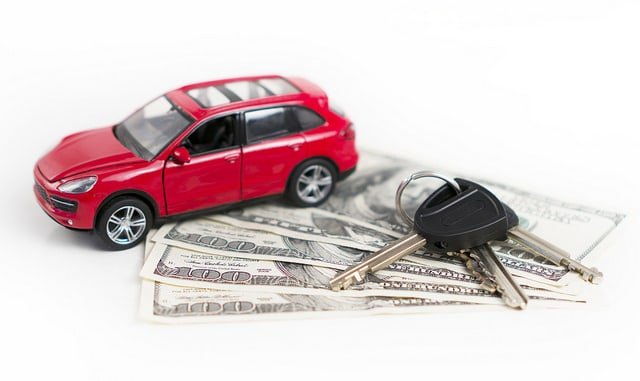Living in suburbia is no longer the long-term dream for many millennials. What that means is the ideal of living in a quiet neighborhood, driving to work, driving your children to soccer practice, driving to buy your groceries, and driving your car to get everywhere is changing.
It has been clear for a while now with the explosion of the sharing economy and millennials preferring city living far more that the act of driving everywhere has changed in favor of walking, biking, mass transit, and Uber. With accessible transportation options available more than ever, the cost of car insurance is hard to justify for many.
Just as the transportation model has changed over the years, so does the car insurance model. If the car insurance model is able to make the needed changes, more and more millennials will be pleased to integrate driving into their normal transportation routine. The current car insurance method is one we know all to well—paying a fixed monthly fee to be insured. What if you only drive your car for weekend getaways? Or the occasional place too far to walk?
One of the new car insurance payment models is a telematics usage-based pay as you go insurance is changing the way you will pay insurance for your car in the future (if this trend keeps growing).
A leading authority on the pro’s and con’s of this model is Law360, who wrote that “Telematics allow for the measurement of actual driving habits, through remote access to a vehicle’s real-time driving data. Thus, a driver’s actual experience can be studied in data transmitted from, for example, the vehicle’s navigation system, speedometer, odometer and tachometer, braking and acceleration systems, suspension system, engagement of anti-lock brakes, late-night driving habits and more.”
While telematics is a new and promising concept, according to insurance data from TheZebra, drivers using telematics have seen little impact to their rates as the products have been slow to take off, despite the data they can provide about driver behavior.”
What do you think of the telematics car insurance model? Would you prefer to use this method?

